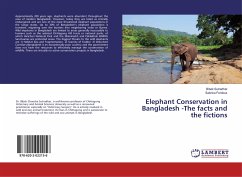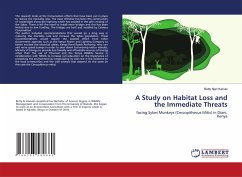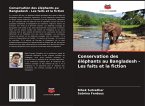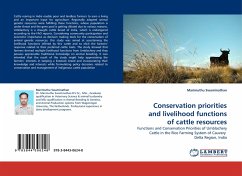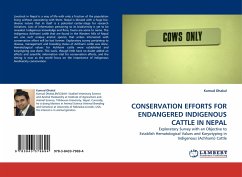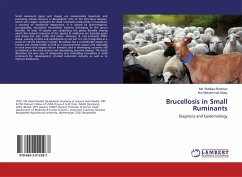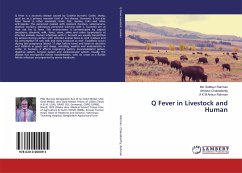Approximately 200 years ago, elephants were abundant throughout the area of modern Bangladesh. However, today they are listed as critically endangered and are one of the most threatened elephant populations in the range states. Up to 30% of Bangladesh's elephant population is transient, migrating over the borders into neighboring India or Burma. Wild elephants in Bangladesh are limited to areas generally inaccessible to humans such as the isolated Chittagong Hill tracts or national parks, of which Himchari National Park and the Mainimukh and Pablakhali Wildlife Sanctuaries are protected areas. The biggest threats to the wild elephants are 1) Habitat loss and fragmentation. 2) Scarcity of fodder. 3) Disturbed Corridors.Bangladesh is an exceptionally poor country and the government does not have the resources to effectively manage the conservation of wildlife. There are virtually no active conservation projects in Bangladesh.
Bitte wählen Sie Ihr Anliegen aus.
Rechnungen
Retourenschein anfordern
Bestellstatus
Storno

